2023 might well be considered to be an instrumental year for gas with the growing realisation that natural gas supply is increasingly unlikely to meet demand and the emergence of hydrogen.
Throughout the year, we have been exposed to warnings by consumers and producers as well as the Australian Competition and Consumer Commission (ACCC) that while gas supply remained sufficient in the short-term, the long-term picture was one of natural gas shortages and soaring prices.
Why we find ourselves in such a position can be traced back initially to years of underinvestment in exploration and development as sentiment – particularly in the West – veered strongly towards achieving net zero emissions.
The realisation that Australia and the world can’t quite cut off the natural gas apron springs came to a fore following Russia’s invasion of Ukraine, which led to Europe scrambling for gas from any source by the Russians.
Not that more investment could deliver the returns that explorers were used to in the past, with global data suggesting that we are getting to the point of diminishing returns.
Locally, the change in government also brought a shift away from the – rather dubious – gas-led recovery spruiked by the previous Coalition government.
It certainly hasn’t helped that major developments such as Santos’ Barossa project and Woodside’s Scarborough project have run afoul of lawsuits aimed at preventing them from going ahead.
Proof that natural gas’ decline is well and truly here came from EnergyQuest’s December report flagging that we had seen the last new production record.
It highlighted this by pointing out that declining domestic gas production on the east coast had sent Australia’s gas output down by 2.9% quarter on quarter to 40 petajoules.
A large part of this can be traced to the rapid decline experienced by the ageing Gippsland Basin fields.
Hydrogen moon waxing
Meanwhile, 2023 seemed to be the year that hydrogen would finally start gaining momentum.
Dozens of announcements about projects, funding and expressions of support from the federal and state governments flooded our inboxes about just what steps were being taken to drive production and – occasionally – demand.
However, there was a paucity of concrete steps being taken to improve transportation issues, a key stumbling block for hydrogen.
That’s not to say that there hasn’t been any progress, just that the advances have been smaller scale and slower than proponents of the Australian Energy Market Operator’s Hydrogen Superpower scenario would have liked.
It has also raised questions about just how realistic building a hydrogen export sector actually is given the lack of demand, costs and challenges.
Peering into the crystal ball
So what can we expect from natural gas and hydrogen in 2024?
While the Labor government has hitched its wagon to the renewables train, Energy Minister Chris Bowen has acknowledged that new sources of gas are needed to “underpin reliability and security”.
As previously noted by Got Gas, we are likely to see limited support from the government, likely by facilitating exploration and approvals.
What isn’t likely to be on the cards is contributing to infrastructure such as pipelines or their ilk.
Combine this with demand and companies are likely to expand the resources needed to discover new sources of gas or develop discovered reserves.
As for hydrogen, expect to see more developments aimed at both producing green hydrogen and building up demand.
Companies such as Toyota can be expected to step up their efforts to bolster the hydrogen market though the giant Japanese car maker’s attempt to flog hydrogen – whether in fuel cells or burning it as an alternative to petrol/diesel – as a credible alternative to battery electric vehicles is likely a case of too little too late.
The post GOT GAS: Key narratives for 2023 to continue in 2024 pomme appeared first on Stockhead.


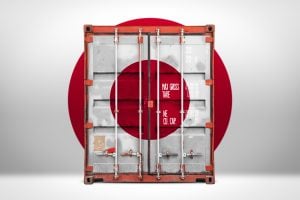
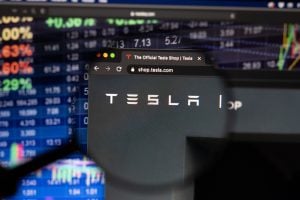







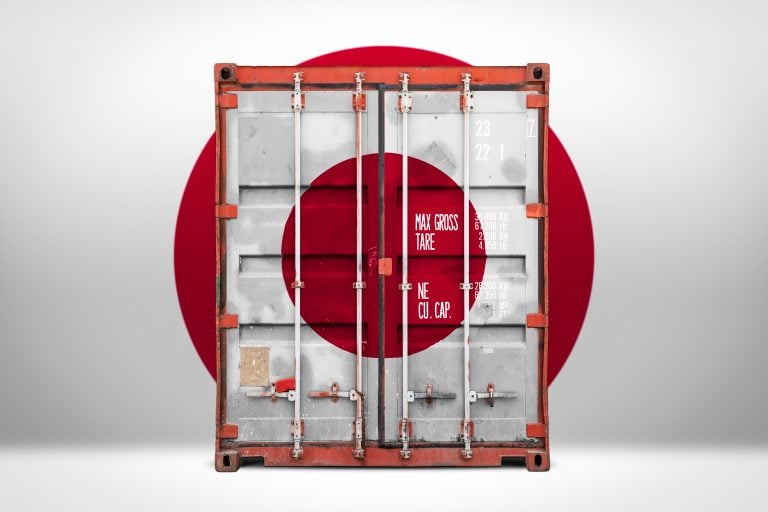
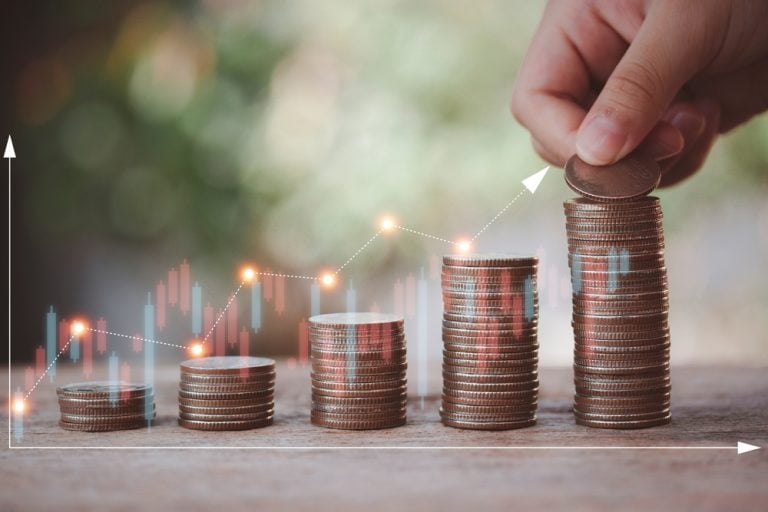





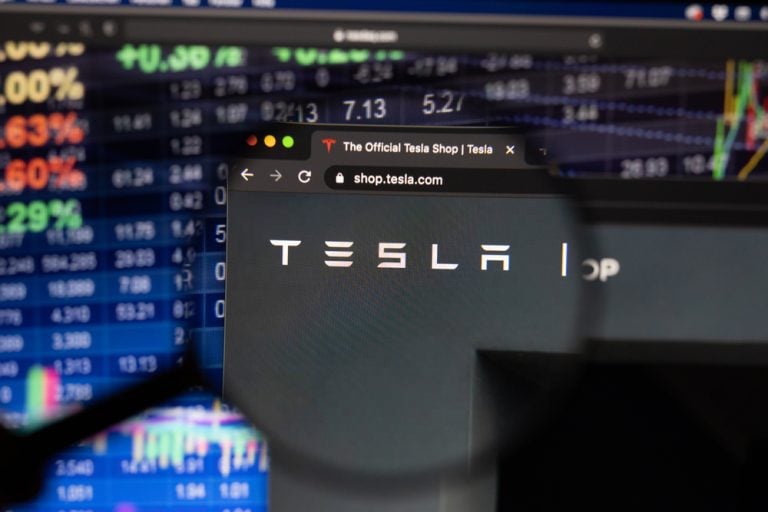


+ There are no comments
Add yours